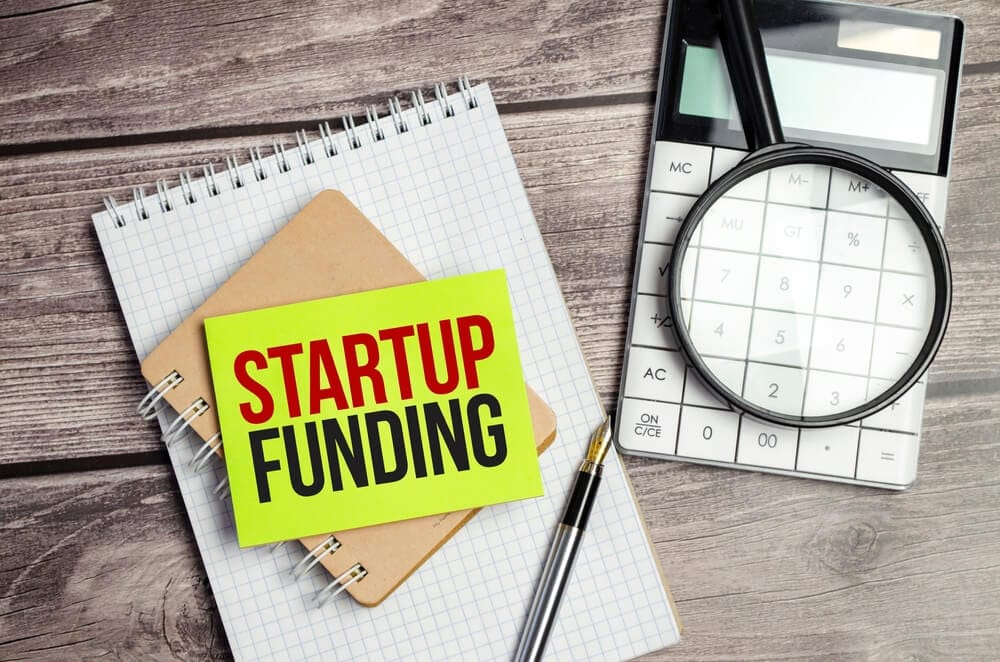What are the typical rounds of investments a Start-Up goes through

Startups raise money in stages to match risk with progress. Early on, there’s more uncertainty, so checks are smaller and terms are simpler. As traction improves, investors write bigger checks on clearer milestones, rounds. The labels pre-seed, seed, Series A, B, C and beyond, are simply shorthand for how much evidence you’ve built and what you’ll do with the next chunk of capital.
Pre-seed and seed
Pre-seed is about getting from idea to an MVP (Minimum Viable Product). It often comes from other founders, friends, angels, or early micro-funds. If you ever heard of "friends and family" investments stage, that's it.
Seed is the first “official” outside round focused on product development, early customer validation, and hiring a small team. In 2024, the U.S. median seed round was about 2.5 million dollars with a roughly 14.8 million dollar median valuation.
Series A funding
By Series A, investors expect more than a promising product. You’re showing repeatable acquisition, sensible unit economics for your model, and a roadmap to scale. This is usually a priced equity round led by a venture firm that sets terms, valuation, and governance. Series A capital is about turning early traction into an engine: hiring go-to-market leaders, hardening the product, and sharpening metrics. Classic references describe Series A as the bridge from promise to a durable business model.
Series B and C
Now here's where thing get interesting. Series B round is about expansion - more markets, deeper product, stronger infrastructure.
Series C and later often fund global scale, M&A, or new product lines, and can draw in growth funds, hedge funds, and even banks. The later you go, the more the investor mix broadens and the more the conversation tilts toward capital efficiency and strategic options like acquisitions.
How much dilution to expect in the funding rounds
Rules of thumb vary, but a common pattern looks like this: roughly 15 to 25 percent at seed, around 20 percent at Series A, mid-teens at Series B, and low-teens per round thereafter. Exact numbers depend on leverage, milestones, and market climate, but this ballpark helps founders plan option pools and board control. Recent analyses also show dilution trending down across stages compared to earlier years.
Thank you for reading - Arjus




